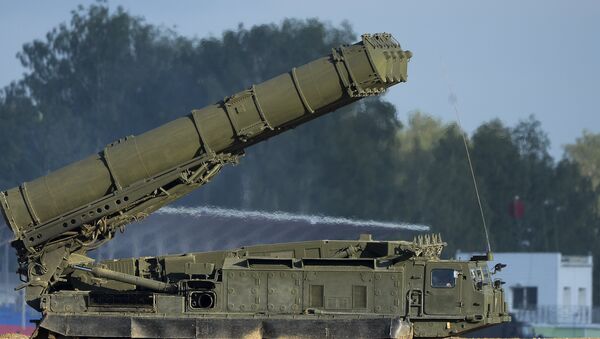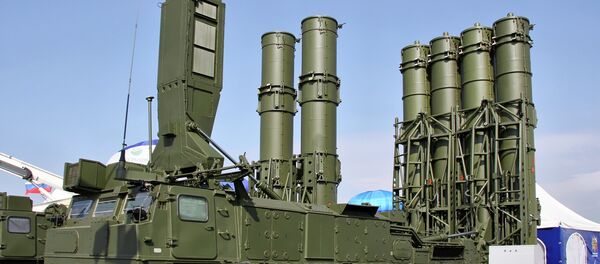This added bonus is due to the psychological effect of a cutting-edge weapon present in the region.
"High-tech and purely defensive anti-ballistic missile systems contribute to decreased activity and psychologically reduce risks," Krutikov asserted. "The S-300VM's sheer presence in Tartus psychologically limits capabilities of the US Air Force."
The journalist maintained that the Pentagon is "pathologically afraid" of any losses, particularly high tech losses. If there is even a minimal risk of losing a warplane, the US military will most likely chose not to send it on a mission.
"Although Americans understand that Russian missile defense and anti-aircraft systems are not targeted against Western aviation, they will limit their aerial activities just in case. Perhaps, this could also include unmanned aerial vehicles stationed at the Incirlik base in Turkey," he explained.
Krutikov emphasized that the deployment of the S-300VM to Tartus was a "measured and justified step" for Russia. "In the end, security of the Russian military bases is a top priority" for Moscow, he said. "If it also makes the US Air Force less active in the region, it will be an extra bonus."
In service since 2013, the S-300V4 (NATO designation SA-23 Gladiator) is meant to track and intercept short- and medium-range ballistic missile, aeroballistic and cruise missiles, as well as fixed-wing aircraft, ECM (electronic countermeasure) platforms and precision-guided munitions.
An unnamed source in Russian military and diplomatic circles told Izvestiya that the S-300V4, an upgraded version of the S-300VM, is primarily geared up for destroying aeroballistic targets and cruise missiles.
The system is reported to have a range of 400 kilometers (nearly 250 miles) and can simultaneously engage up to 24 aircraft or 16 ballistic targets in various combinations. It has been designed and is manufactured by Almaz-Antey, a Russian state-owned defense company.





